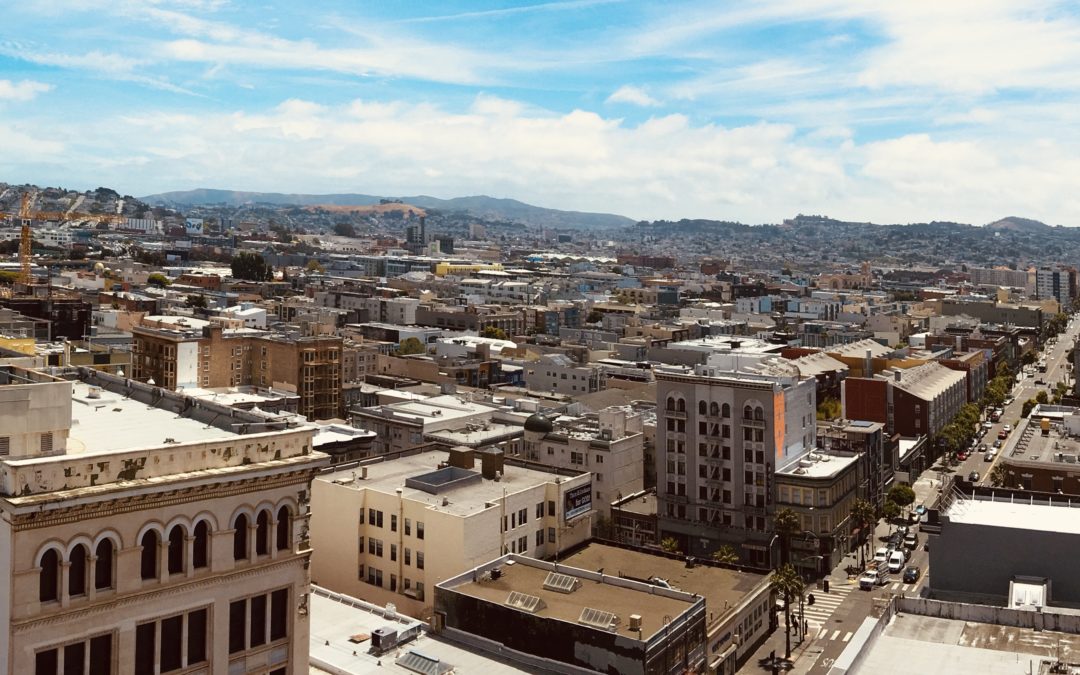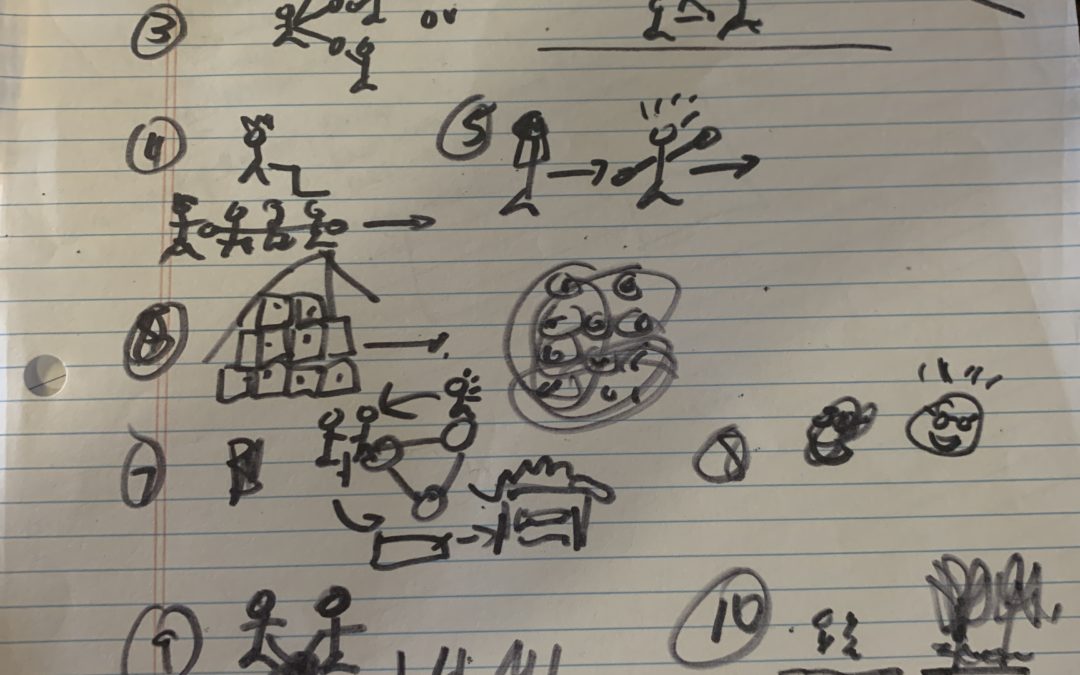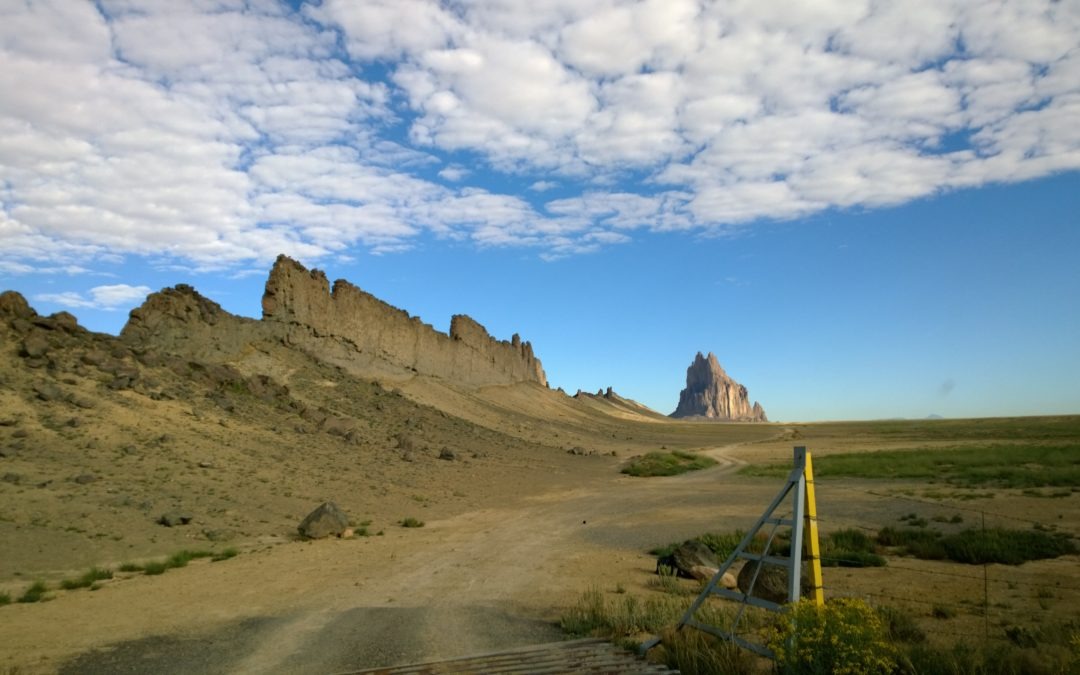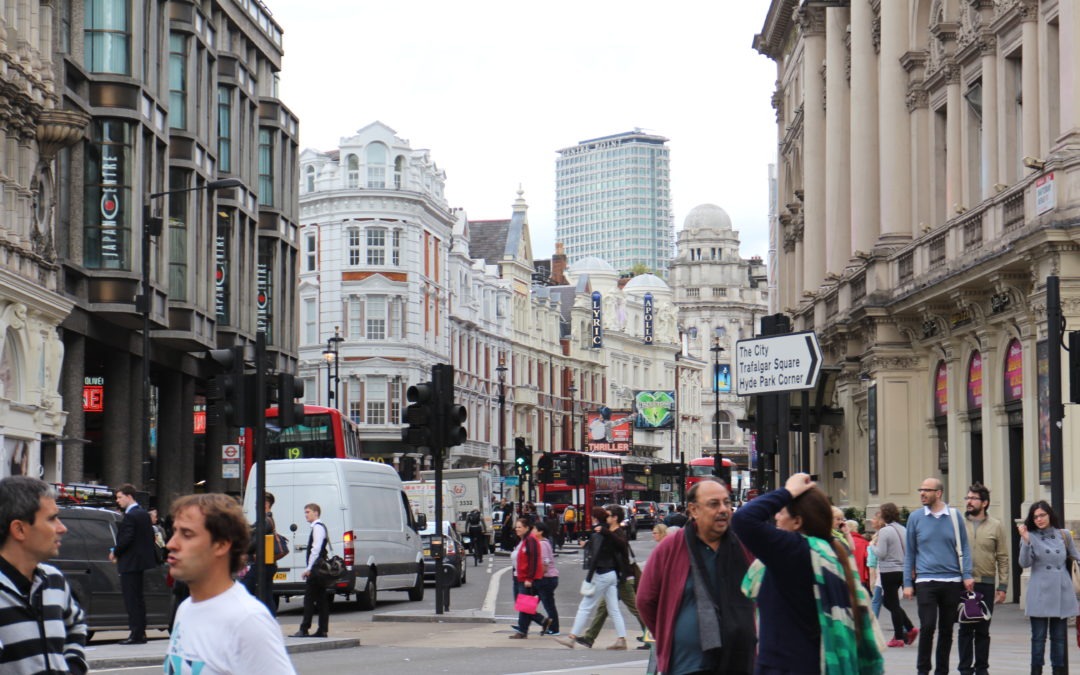
by Dr. Ed Brenegar | Nov 29, 2021 | Community, Ideas, Impact, Relationships
Simon Sinek speaks about how homeless people ask for money. He convinces a woman to change her message, and she makes more in two hours than she does in a whole day. Good move on Simon’s part. Then she leaves. She met her daily quota.
The question that this raised for me is whether Sinek was actually successful in his advice to the woman.
Sinek wants us to focus on the giver and his or her motivation. I am glad he does. He wants us to think about why we should give to people in need, or affirm workers in the workplace.
Now, as good as this video is, Sinek needs to look more deeply at what is required to change the social and organizational environments that we all inhabit. If you want Mark Laita’s videos, you see the effects of broken environments on people. From my perspective, the range of crises that we are experiencing globally is the product of broken environments, whether social or organizational.

by Dr. Ed Brenegar | Nov 3, 2021 | Book, Circle of Impact, Ideas, Impact, Transition
Two of Ai Wei Wei’s sayings I treasure because they so resonate deeply with my beliefs about leadership.
“Your own acts tell the world who you are and what kind of society you think it should be.”
“I call on people to be ‘obsessed citizens,’ forever questioning and asking for accountability. That’s the only chance we have today of a healthy and happy life.”
This is the spirit of personal responsibility that points to my conviction that “all leadership begins with personal initiative to create impact that makes a difference that matters.” This responsibility is not something imposed upon us. It is not an obligation or a requirement. Rather, it is the expression of our individual humanity.
Ai Wei Wei suggests that there is a transition in our understanding of leadership taking place. It is from a person being in authority to an expression of our individual humanity. This is why accountability is so essential to a healthy life for a society.
“I see myself not as a leader but as somebody who initiates things or finds the problem or provokes a discussion. You have to be always ready to engage, willing to participate. When events or history happen, you just have to be aware and respond.”

by Dr. Ed Brenegar | Oct 22, 2021 | Book, Circle of Impact, Ideas
I’m doodling. This picture is of my first thoughts about the drawings that will accompany each chapter of my Circle of Impact Africa book.

by Dr. Ed Brenegar | Jun 5, 2021 | Book, Circle of Impact, Ideas, Impact, Relationships, Structure
The stresses and strains of operating a business have grown considerably over the past twenty years. One of the outcomes is the changing role of leadership. Throughout history, a leader was thought of as a person of influence. What is influence? Really. What is it? How do you measure it? Is this a perspective that will serve us well as a global community with an uncertain future?

by Dr. Ed Brenegar | May 27, 2021 | Circle of Impact, Conversation, Fragmented, Ideas, Impact, Relationships, Structure, Uncategorized
When I first came up with the idea of the Circle of Impact two decades ago, I was responding to the patterns of behavior that I saw in people and organizations. In a real sense, their problems originated in the way they thought, the way they related to people, and the way they organized their world.
Out of that perception came the notion that there are three aspects of our lives – ideas, relationships, and structure – that represent the connective tissue of who we are and the world that surrounds us. I called them, The Three Dimensions of Leadership. At that time, I did not actually know how they were connected. I just knew they were. I could see it. It took many years to fully understand how fundamental a perspective I had discovered.

by Dr. Ed Brenegar | Mar 22, 2021 | Book, Circle of Impact, Community, Ideas, Impact, Relationships, Structure, Transition, Uncategorized
Nothing is inevitable, except change. Nothing happens in a uniform or complete manner. Every change creates the conditions for its opposite. This is where opportunities abound.
Entrepreneurs understand this and then when they reach a point of establishment, promptly forget about it. Entrepreneurs want to decentralize power in order to create new opportunities. Then they want to centralize power believing that absolute control produces efficiencies that secure the future of the business. Is entrepreneurial ‘creative destruction’ only a starting point? Or, can a business instill the practice of entrepreneurial opportunity-seeking throughout the organization? I believe that it can.
This is one facet of the tension between centralization and decentralization in society. It has grown in intensity as technologies emerged that support personal endeavors and the control of people through surveillance technologies. The context of this global dynamic I call the Two Global Forces. This post consists of selections from my book, Circle of Impact: Taking Personal Initiative to Ignite Change, on this phenomenon in our world today. I have more to say about this at the end.







